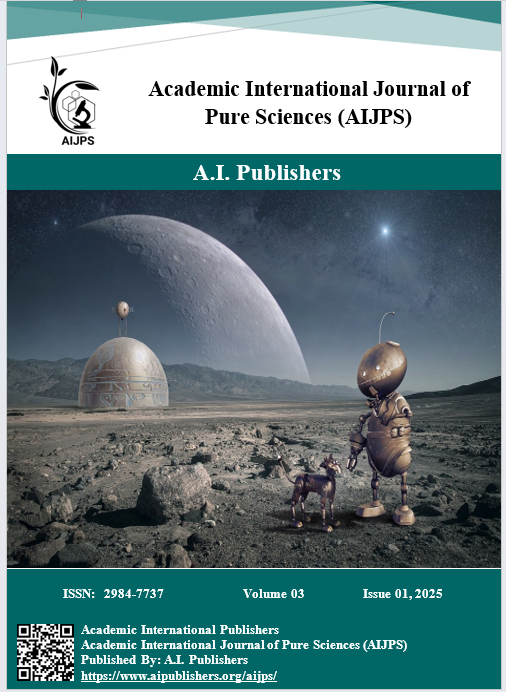The History of Embalming
DOI:
https://doi.org/10.59675/P115Keywords:
Embalming, Plastination, PreservationAbstract
Embalming is one of the widely known traditional methods to preserve corpses by slowing down the process of decomposition. Scientists preserve the dead body by sterilizing it with different chemicals. The main purpose of this paper is to provide a review of the articles that centers the mode of discussion on the history of Embalming. The history of Embalming has been presented in the paper, and references from other articles have elaborated on various information. The purpose of Embalming has been mentioned in the paper, along with the importance indicated. The paper has also commented upon the ways of embalming and the chemicals needed to sterilize a body. Plastination is one of the well-known techniques that has also been known to mummify a body, but definitely with a better consequence. The paper has also reviewed the information on the plastination technique, and in order to support the aspect, references from other research have also been taken into consideration.
References
Batra AP, Khurana BS, Mahajan A, Kaur N. Embalming and other methods of dead body preservation. Int J Med Toxicol Leg Med. 2010 Jan;12(3):15-9.
Balta JY, Cryan JF, O'Mahony SM. The antimicrobial capacity of embalming solutions: a comparative study. J Appl Microbiol. 2019 Mar;126(3):764-70.
Sluglett J. Mummification in Ancient Egypt. West Engl Med J. 1990 Dec;105(4):117.
Abdel-Maksoud G, El-Amin AR. A review on the materials used during the mummification processes in ancient Egypt. Mediterr Archaeol Archaeom. 2011 Oct 1;11(2).
Ajileye AB, Esan EO, Adeyemi OA. Human embalming techniques: a review. Am J Biomed Sci. 2018 Apr 1;10(2).
Von Hagens G, Tiedemann K, Kriz W. The current potential of plastination. Anat Embryol (Berl). 1987 Mar;175(4):411-21.
Ogaili R, Baker SS, Sui HJ. Using of Polyester P45 plastinated sheet specimens in teaching anatomy, pathology and radiology courses.
Coleman R, Kogan I. An improved low-formaldehyde embalming fluid to preserve cadavers for anatomy teaching. J Anat. 1998 Apr;192(3):443-6.
Carter H, Mace AC. The discovery of the tomb of Tutankhamen. Courier Corporation; 2012 Oct 19.
Rajasekhar SS, Dinesh Kumar V. The cadaver conundrum: sourcing and anatomical embalming of human dead bodies by medical schools during and after COVID-19 pandemic: review and recommendations. SN Compr Clin Med. 2021 Apr;3(4):924-36.
Ogaili RH, Almanseekanaa LH, Baker SS. Anatomical Characterization of Plastinated and Mri Image of Human Brain Section. Biochemical & Cellular Archives. 2020 Apr 1;20(1). DOI: 10.35124/bca.2020.20.1.267






